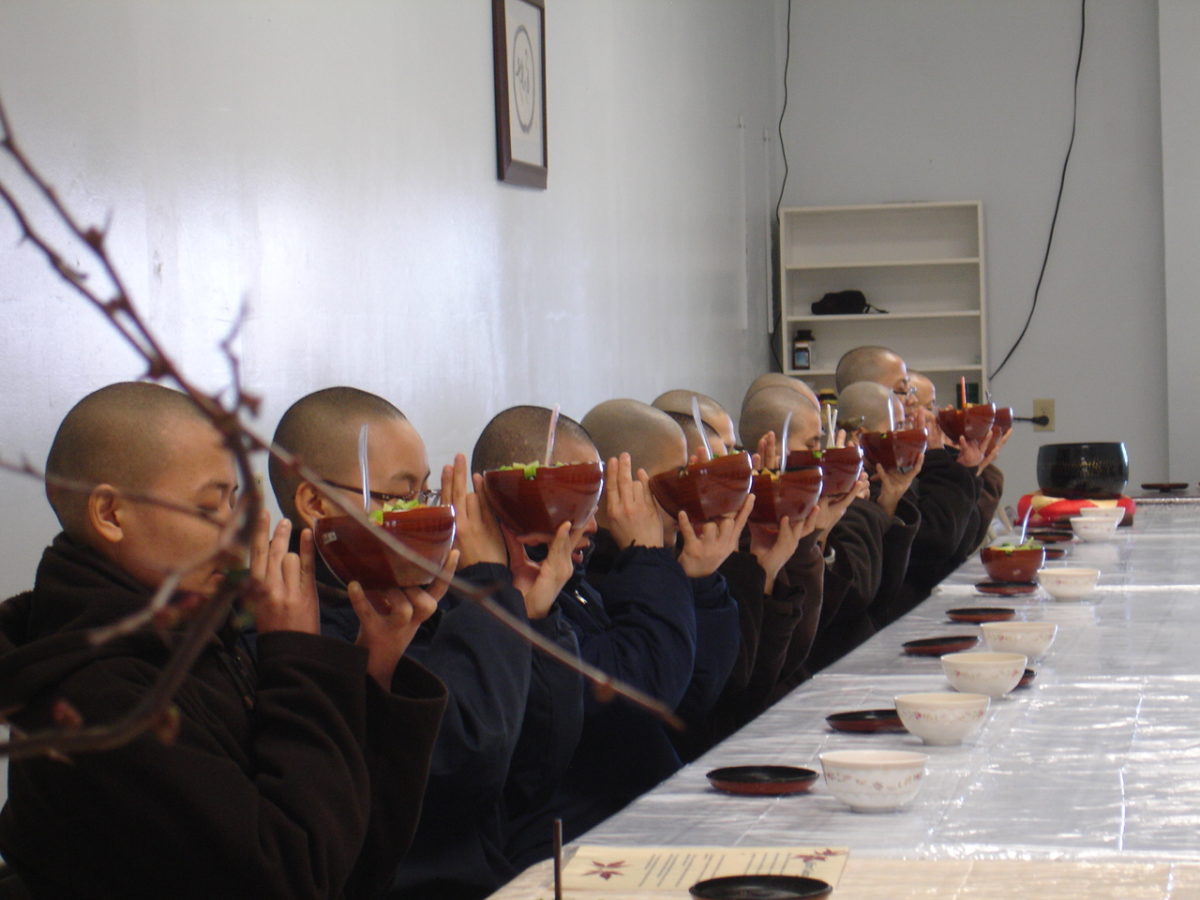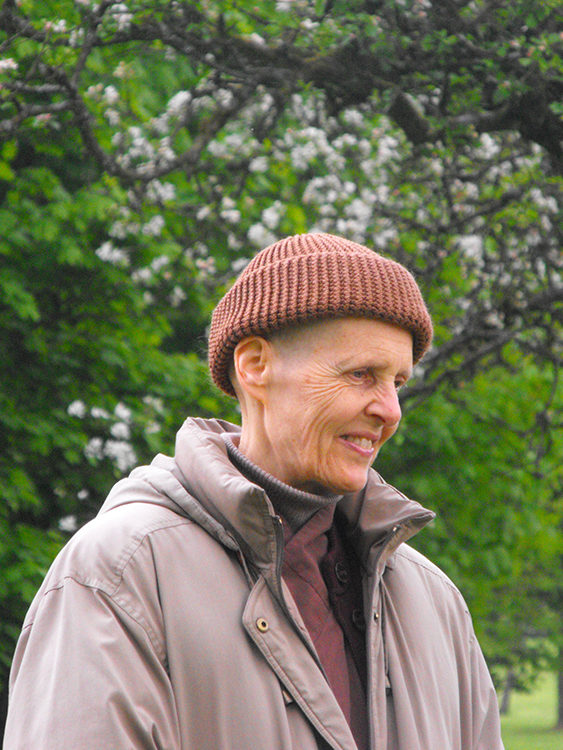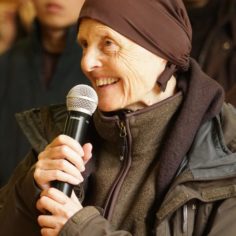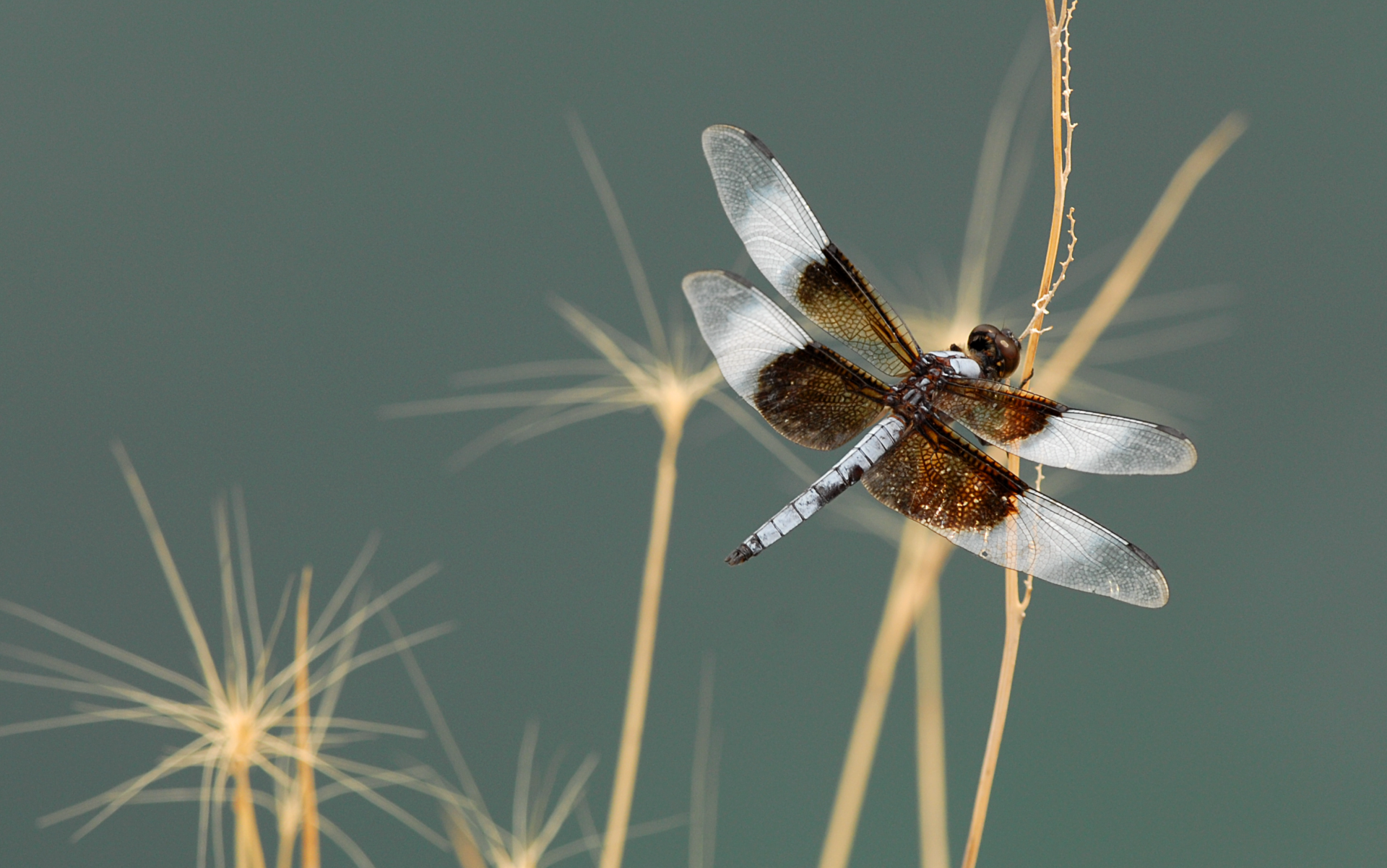By Sister Annabel Laity in June 2011

As 2011 begins, I begin my twenty-third year of nunhood. I often think of myself as the continuation of my mother and father and all my blood ancestors. As far as I know, none of my blood ancestors were monks or nuns, though some of them have been fervent Christians who depended very much on their belief in God as a spiritual refuge.
By Sister Annabel Laity in June 2011

As 2011 begins, I begin my twenty-third year of nunhood. I often think of myself as the continuation of my mother and father and all my blood ancestors. As far as I know, none of my blood ancestors were monks or nuns, though some of them have been fervent Christians who depended very much on their belief in God as a spiritual refuge.
When I was ordained as a nun, I did not tell my mother and father. Thay told me that if I did tell them, they would not understand and would only be confused because they did not have a true perception of what a Buddhist nun was. Two years after being ordained, I accompanied Thay on a teaching tour to England. I invited my mother and father to the retreat without saying anything about being a nun. My mother agreed to register; she had already been to Plum Village and knew a little about the practice, but my father was busy and could not come. I remember catching sight of my mother at the end of a hallway on the arrival day. I recognized her before she recognized me. As we drew closer to each other, she called me the name she had called me as a child. Poor mother! She was taken aback to see me in a brown robe and with a shaved head. The first thing she said was, “Thank goodness your father is not here. He would be shocked to see you with a shaved head.”
As the retreat proceeded, my mother felt more and more at ease. She saw how I interacted with the retreatants, leading the Dharma sharing and giving a presentation on the Five Mindfulness Trainings. She saw that the retreatants had respect for the nuns. She praised me for the way I facilitated the Dharma sharing. When Thay went back to Plum Village after the tour, he allowed me to go home to visit my parents and family. I remembered the words of my mother when she first saw me as a nun, and I did not dare uncover my head for the whole length of my stay. Later, if someone happened to take a photograph of me in Plum Village that I considered to be a good photograph, I would send it to my mother.
Now I can leave my head uncovered when I visit my parents’ house. There has been a shift in the direction of our ancestral stream. The Buddhist nunhood, which seemed so strange at first, has become a much more natural part of the life of my blood family. I would even say that my parents have become more monk- and nun-like, and that my spiritual practice has helped them manifest differently than before. This is a ripening of seeds that lie in store consciousness.

Adventure in Vietnam
In 1992, four years after I was ordained, Thay suggested that I go to Vietnam. I went with a number of lay students, and we organized retreats and Days of Mindfulness at the historically sacred Buddhist sites in Vietnam. The most adventurous thing we did was to transmit the Five Mindfulness Trainings. Plum Village has a version of the Five Mindfulness Trainings that differs from the mainstream tradition in Vietnam, and many of Thay’s disciples in Saigon and Hue wanted to receive the Plum Village version. First we tried in Hue. Ni Su Dong Thuyen was kind enough to lend her temple. The transmission went unimpeded, but someone made a tape recording that the security police discovered, and we were summoned for a session with them. They told us that we had broken the law and that we had to leave Hue within twenty-four hours and leave Vietnam as soon as possible after that.
We went to Saigon and stayed in a Catholic hotel. We organized a Day of Mindfulness in the oldest temple in Saigon during the weekend, and the security police did not find out about it. Many people came to this famous temple to hear the abbot speak. They had an unexpected Day of Mindfulness with walking meditation. I enjoyed this adventure. We also transmitted the Five Mindfulness Trainings in the rooms behind a bakery on two occasions and no one ever knew.
I am very grateful for the connection with Vietnam that I have experienced as a nun. I have learnt its language, culture, and history, and this has enriched my life greatly. I began my life as a Buddhist practitioner in India and then went to Vietnam. Vietnamese Buddhism is not Chinese Buddhism, as some Western scholars seem to think. Buddhism came to Vietnam across the sea from India, and only after Buddhism had become established in Vietnam was it refreshed by new waves coming from China.
Thay tells us that there will come a time when the Vietnamese monks and nuns will go back to Vietnam to look after the practice centres there. The centres in Europe and North America will be looked after by Western monks and nuns. So as Western monks and nuns, we have a responsibility to stick to the Sangha. It is like when Buddhism came to Vietnam from India: the Vietnamese monks had a responsibility to keep Buddhism alive when the Indian monks went home. If they had not done so, we should not have our Su Ong (teacher) today.


